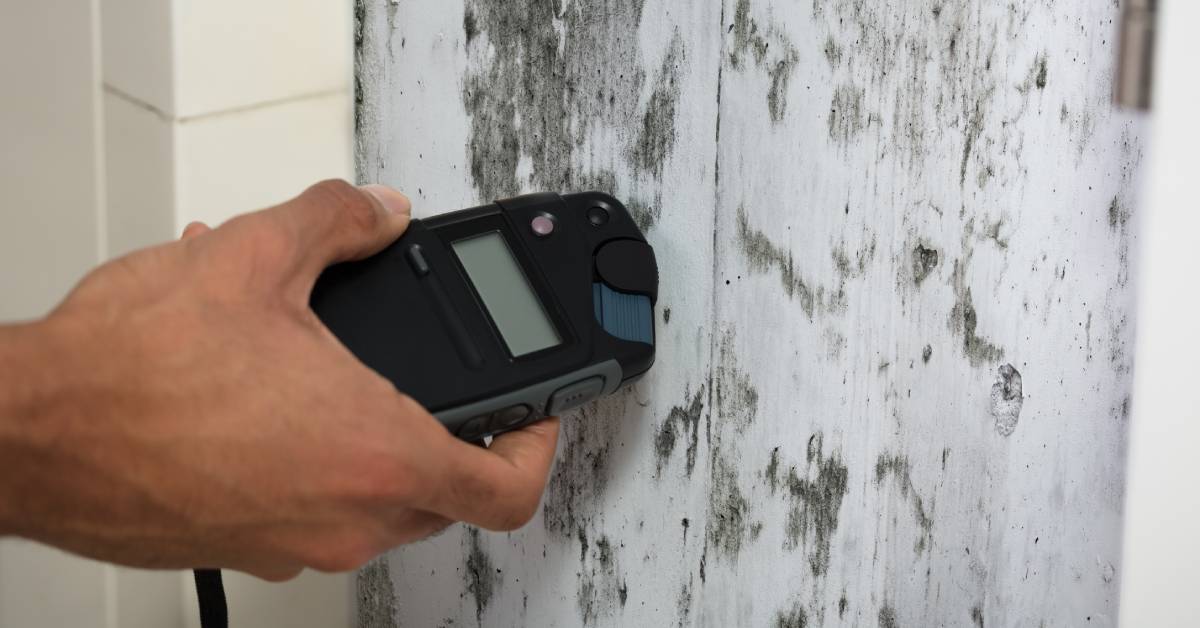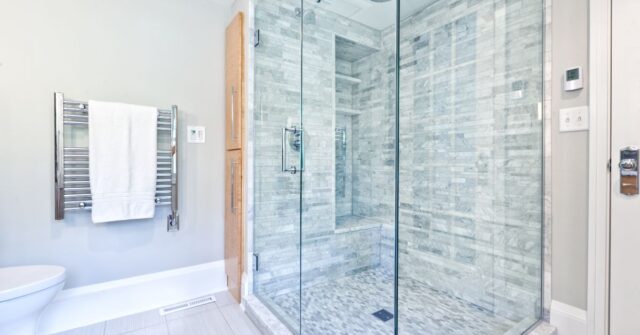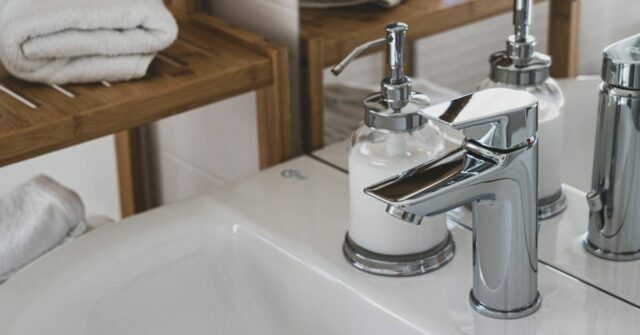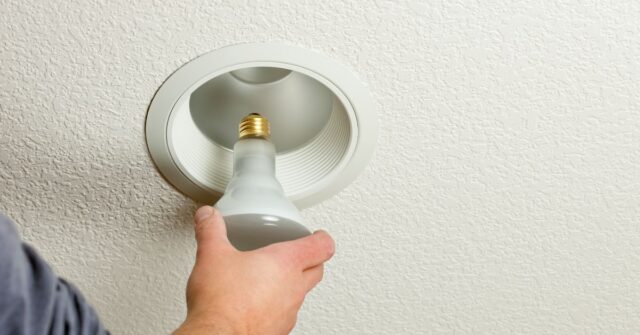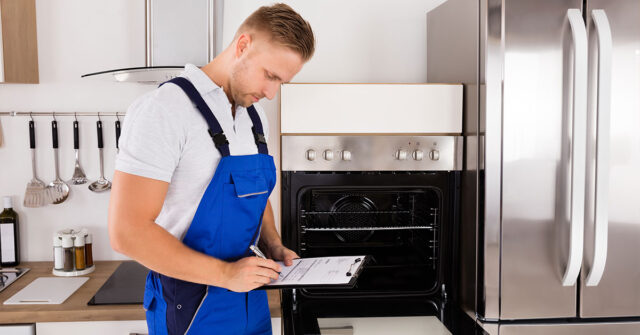The bathroom is an essential part of our home, but it’s also a hot spot for mould due to its high humidity and frequent water use.
Keeping your bathroom mould-free, particularly after a renovation, ensures not only an aesthetically pleasing space but also a healthier environment.
In this comprehensive guide, we will navigate the best practices to maintain a mould-free bathroom with a focus on the Australian market.
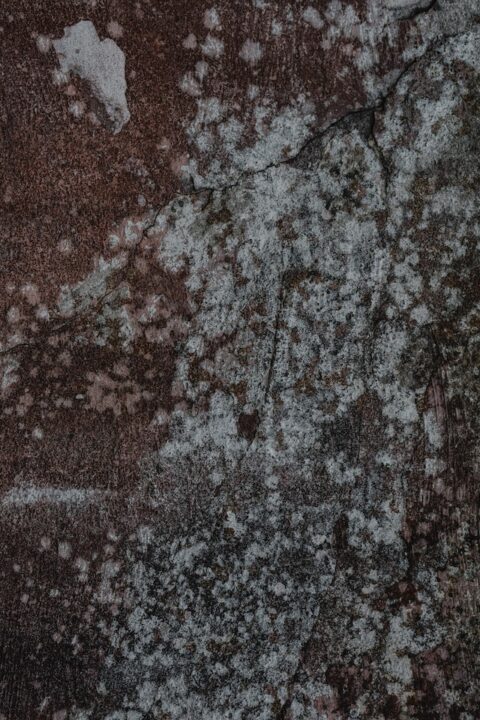
The Dangers of Bathroom Mould
Mould, despite its insignificant appearance, poses various dangers that shouldn’t be overlooked. Let’s delve into why it’s crucial to tackle this issue promptly and effectively.
Understanding Mould and Its Health Risks
Mould is a type of fungus that thrives in moist environments, such as your bathroom.
Prolonged mould exposure can cause numerous health issues, including allergies, respiratory problems, and even mental health issues such as depression and anxiety.
It’s particularly harmful to children, elderly people, and individuals with weak immune systems.
The Impact of Mould on Your Home
Apart from health risks, mould can damage the structure of your home. It can weaken materials like wood and plaster, compromising the integrity of your property.
In addition, the presence of mould can reduce your property’s value, making it a significant concern for homeowners.
Why Does Mould Love Bathrooms?
The bathroom is the perfect breeding ground for mould due to its specific characteristics. Here’s why:
Understanding the Relationship Between Mould and Humidity
Mould thrives in humid conditions, which are typically present in bathrooms.
Activities such as showering or bathing create steam that raises the room’s humidity level, providing the perfect environment for mould to grow.
Mould and Bathroom Materials: A Perfect Pair
Materials commonly used in bathrooms, such as tiles, grout, and plaster, can retain moisture, giving mould a favourable place to grow.
It’s especially prevalent in hidden areas like under sinks, behind tiles, and in grout lines.
Key Considerations During Bathroom Renovations
Planning for a bathroom renovation presents an excellent opportunity to implement strategies that help prevent mould growth. Here are some essential factors to consider:
Choosing Mould-Resistant Materials
Opt for materials that resist mould growth during your renovation. Non-porous materials such as glazed tiles, stone, or glass are less likely to harbour mould compared to porous surfaces like wood or wallpaper.
Importance of Proper Ventilation
Improving your bathroom’s ventilation system can greatly reduce the risk of mould growth by eliminating excess moisture.
Consider installing a quality exhaust fan that vents outside your home, not into your attic or other interior spaces.
Incorporating Natural Light
Mould thrives in dark and damp areas. Letting in natural light can help inhibit mould growth, so consider design elements like skylights or larger windows during your renovation process.
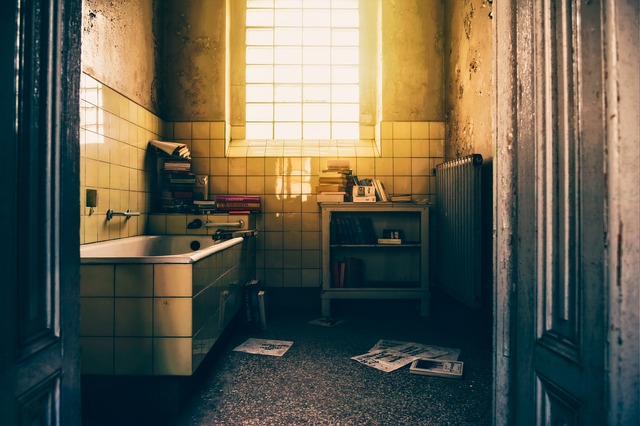
Waterproofing: A Key Defence Against Mould
Proper waterproofing in your bathroom is crucial in preventing mould.
Pay special attention to areas prone to water exposure, such as the shower recess and around the bathtub, and ensure these are well-sealed.
Post-Renovation: Maintaining a Mould-Free Bathroom
Once your bathroom renovation is complete, consistent maintenance is key to keeping it mould-free. Here’s what you can do:
Effective Bathroom Cleaning Habits
Regular and thorough cleaning is essential to prevent mould buildup. Use anti-mould cleaners and pay special attention to grout lines and hard-to-reach corners.
Drying your bathroom after use can also reduce excess moisture.
Regular Inspection and Maintenance
Periodically check your bathroom for any signs of mould, particularly in hidden areas. If you notice any early signs, address them immediately to prevent further growth.
Dehumidifiers: An Extra Layer of Protection
If your bathroom is particularly prone to humidity, consider investing in a dehumidifier. These devices can significantly reduce moisture levels, making it harder for mould to grow.
Australian Standards and Regulations for Bathroom Renovations
In Australia, certain standards and regulations need to be followed during bathroom renovations. These laws help ensure that your bathroom is not only aesthetically pleasing but also safe and hygienic.
Waterproofing Regulations
Australia has strict regulations for bathroom waterproofing. AS 3740-2010 – ‘Waterproofing of domestic wet areas’ lays out the requirements to prevent moisture from causing damage to the building structure.
Hiring a licensed waterproofer, who understands these standards, can ensure the work is compliant and of high quality.
Ventilation Requirements
The National Construction Code (NCC) of Australia specifies that bathrooms must have adequate ventilation.
This can be achieved through natural ventilation (windows) or mechanical exhaust systems. Compliance with these standards will promote a healthier bathroom environment.
Professional Help: When and Why to Consider It
While some tasks can be done DIY, certain aspects of bathroom renovation and mould prevention may require professional help. Let’s explore when and why you might need to call in the experts.
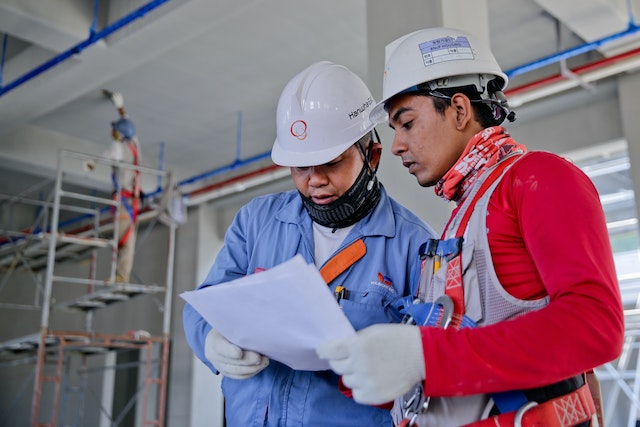
When to Call in a Professional
If you find persistent mould despite your best efforts, or if it’s in hard-to-reach places, it might be time to call a professional.
Additionally, professionals should be consulted for all waterproofing work and any extensive renovations.
Selecting a Trusted Bathroom Renovation Professional
When choosing a professional, make sure they are licensed, experienced, and knowledgeable about Australian standards and regulations.
Check reviews, ask for referrals, and request a detailed quote to ensure you’re making the right choice.
Conclusion: Enjoy Your Mould-Free Bathroom
With careful planning, a reliable renovation team, and regular maintenance, you can enjoy a bathroom that’s not only beautiful but also mould-free.
Remember, the key to a healthy bathroom is preventing mould before it becomes a problem. Follow these guidelines and make the most of your bathroom space.

